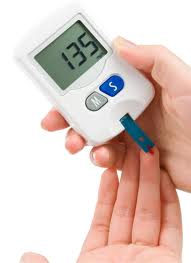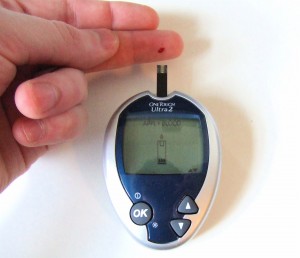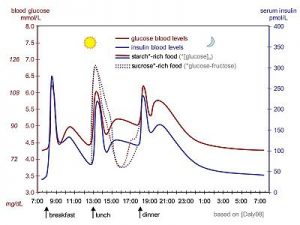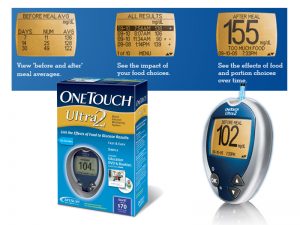Symptoms of High Glucose

When it comes down to it with every passing day the number of people who need to be concerned with the symptoms of high glucose is increasing each and every day. Many people are familiar with the risks of heart disease, high blood pressure, stroke, and cancer, but not so many people are aware of the fact that the numbers of people actually suffering long term health effects from these diseases is actually on a slight decline. On the other hand, the numbers of new cases of diabetes is increasing every day, and so symptoms of high glucose are more of a concern than ever before.
Symptoms of high glucose can be many and varied, but all are a direct result of the fact that those who have high glucose have some dysfunction that either prohibits the pancreas from producing insulin or stops the cells of the body from responding to insulin as they should. Glucose, which the body produces from the carbohydrates that we take in as food, is important because it is the fuel that powers every cell of the body. In order for the glucose to power the cells it must pass through the cell wall, and this can only happen in the presence of insulin, which makes the cell wall allow the glucose to pass through. When the insulin is not produced or the cells don’t react to it properly the glucose levels in the bloodstream climb.
Symptoms of high glucose include a feeling of intense fatigue and lethargy, general malaise, weakness, rapid heart rate and respirations, and in severe cases coma and death. Usually the symptoms to watch for are, increases thirst, increased hunger, and increased urination. If you or someone you know is experiencing these symptoms, especially if they have a family history of diabetes, it is probably a good idea to set an appointment with a physician for a fasting blood glucose test to determine if the symptoms indicate high glucose and the onset of diabetes. The key to managing diabetes is to keep blood glucose levels as close to normal as possible, and the only way to do that is to be familiar with the symptoms of high glucose.




